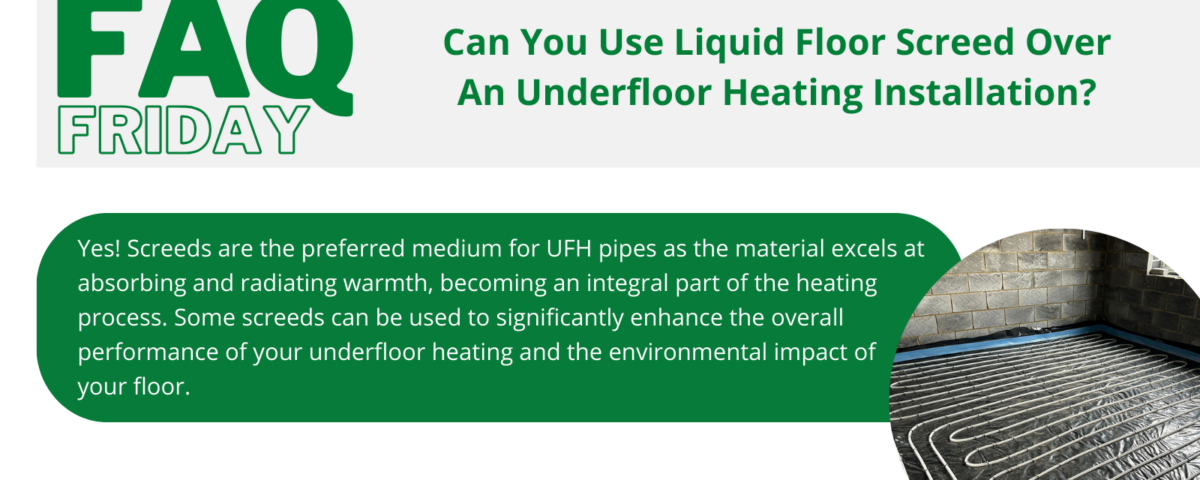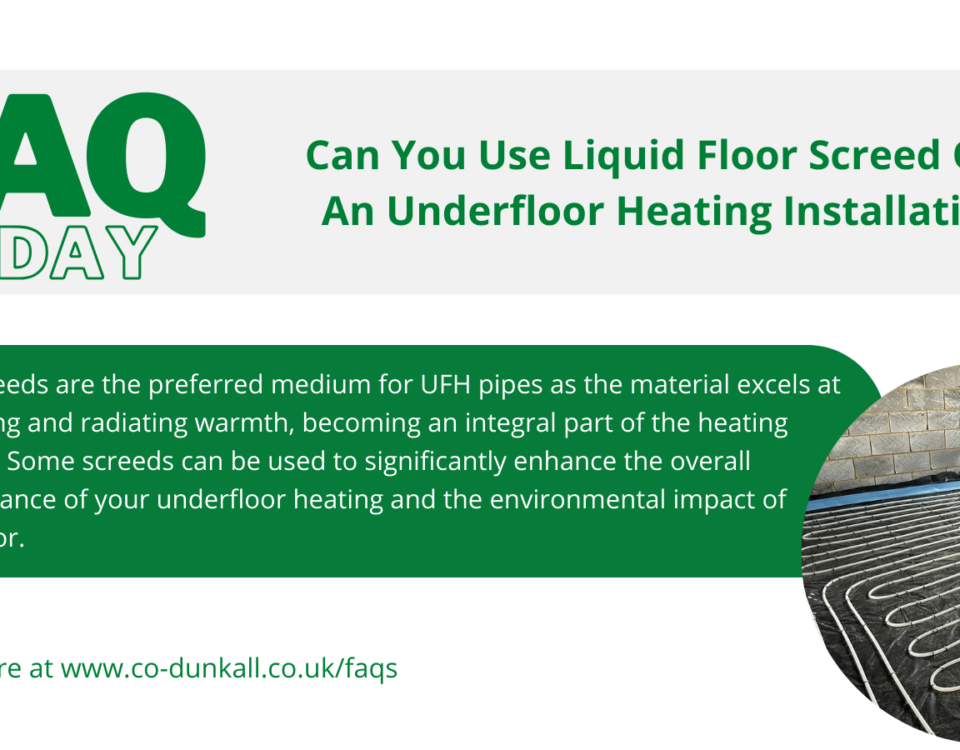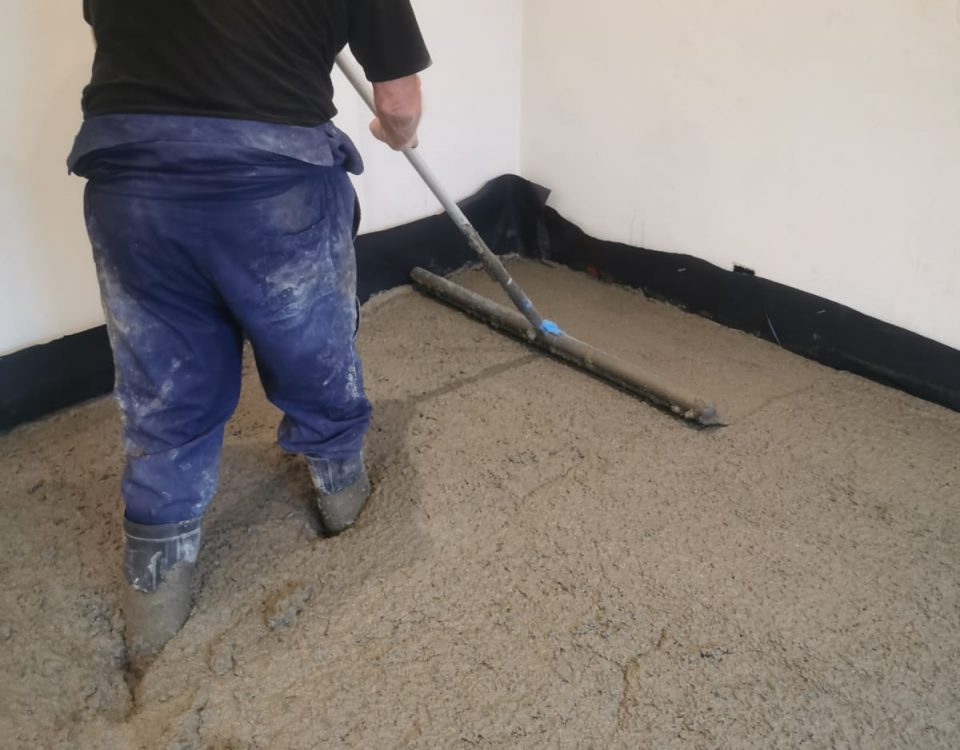Liquid Screed vs Sand and Cement Screed
When it comes to modern construction, efficiency and performance are crucial. One material that has gained significant attention for its impressive benefits is **liquid screed**. If you’re in the process of selecting flooring materials or construction methods, liquid screed should be at the top of your list. Here’s why.
#### 1. Faster Installation
One of the most significant advantages of liquid screed is its **rapid installation process**. Unlike traditional sand and cement screeds, which can be time-consuming and labor-intensive, liquid screed can be laid quickly and efficiently. A team can easily install 800 to 1000 square meters in a single day. In comparison, traditional screeds can take up to eight times longer. This **time-saving advantage** translates to lower labor costs and faster project completion, allowing you to meet tight deadlines and move on to the next phase of your project more swiftly.
#### 2. Thinner Application
Liquid screed allows for a much **thinner depth of application** compared to traditional sand and cement screeds. This feature doesn’t just save on materials but also means less drying time. The reduced depth also makes it ideal for projects where **floor height** is a concern, such as renovations or buildings with specific structural requirements.
#### 3. Self-Leveling Properties
Unlike traditional screeds, liquid screed is **self-leveling**, meaning it naturally spreads out to form a smooth, even surface. This eliminates the need for extensive manual leveling, ensuring a **perfectly level surface** every time. The self-leveling nature also makes liquid screed highly compatible with underfloor heating systems, ensuring that the heat is distributed evenly across the floor.
#### 4. Superior Thermal Conductivity
One of the standout benefits of liquid screed is its **excellent thermal conductivity**. This makes it a popular choice for projects that involve underfloor heating. Because of its ability to conduct heat more efficiently than sand and cement screeds, liquid screed allows for **quicker and more even heat distribution**. This results in better energy efficiency and lower heating costs, making it an eco-friendly option for modern homes and buildings.
#### 5. Smooth Finish
Liquid screed provides a **superior finish** compared to traditional screeds. Its smooth, even surface reduces the need for additional floor preparation before laying your final floor covering, whether that be tiles, wood, or carpet. This not only saves time but also reduces the overall cost of the project by minimizing the need for additional materials and labor.
Conclusion
Liquid screed has revolutionized the flooring industry by offering **faster installation**, **thinner application**, **self-levelling properties**, and **superior thermal conductivity**. Whether you’re managing a large commercial project or a home renovation, liquid screed provides a modern, efficient, and high-performance solution. If you’re looking to improve efficiency while ensuring high-quality results, consider opting for liquid screed in your next project.
Liquid Screed vs Sand and Cement Screed
Liquid Screed vs Sand and Cement Screed




